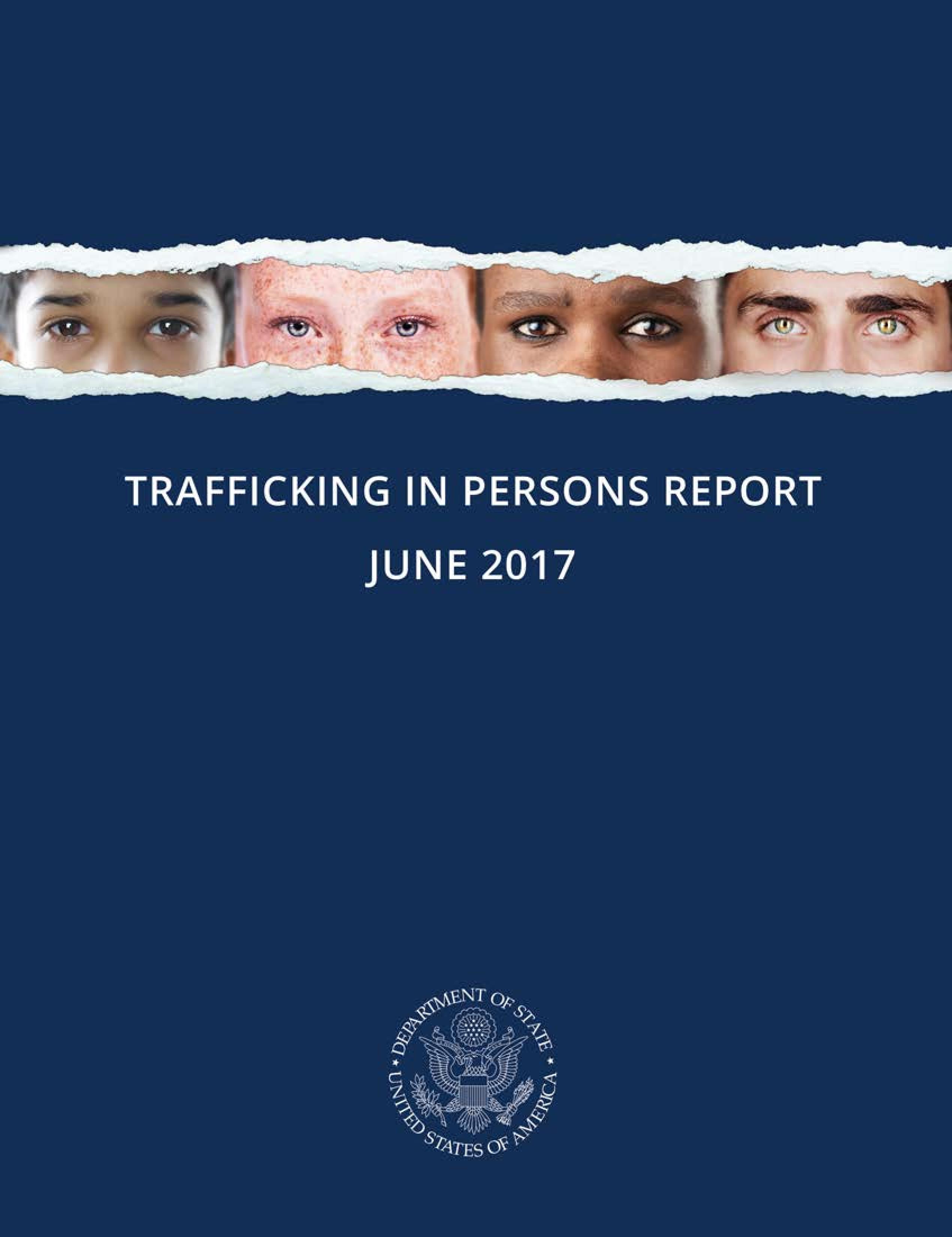U.S. Trafficking in Persons Report: Child Trafficking to and from Orphanages

The US Department of State released its 2017 Trafficking in Persons (TIP) Report last week. This year’s report marks a major step forward in the fight against child trafficking by recognising, for the first time, the problem of trafficking of children to orphanages.
In its country narrative on Nepal, the report describes how: “Under false promises of education and work opportunities, Nepali parents give their children to brokers who instead take them to frequently unregistered children’s homes in urban locations, where they are forced to pretend to be orphans to garner donations from tourists and volunteers; some of the children are also forced to beg on the street.”
Trafficking to orphanages: a growing problem
The problem of orphanage trafficking spans beyond Nepal. In a 2016 report, Lumos presented detailed evidence of how “child finders” operate in Haiti to recruit children from poor families for orphanages which then use the children to attract foreign donations and volunteers. In some cases, families are even paid to relinquish their children, falsely believing that they are giving up their children for a better life and education. The vast majority of the children trafficked in this way are not orphans. A further report by Lumos on the funding of Haiti’s orphanages by foreign donors describes a thriving “orphanage business” in the country that incentivises trafficking, with most of the institutions privately owned.
Similarly, in Kenya “child spotters” or “child finders” have been known to visit families to persuade parents and guardians to give up their children to institutions on the promise of education and food security. These for-profit orphanages receive well-intentioned volunteers and donors from abroad, fuelling what has become known globally as the industry of ‘orphanage tourism’.
This year’s TIP report confirms that child trafficking to orphanages is a form of human trafficking that deserves serious attention under the law and from policy makers.
Orphanages as sites of trafficking and exploitation
Trafficking to orphanages is however not the only issue. The TIP report also underlines how children living in orphanages, and other forms of residential care institutions, are placed at immense risk of neglect, exploitation and trafficking in many parts of the world where the alternative care of children outside families is precarious or poorly regulated.
In Afghanistan, for example, child victims of labour and sex trafficking have been placed in orphanages in Kabul, only to be further trafficked. In Nigeria, traffickers are reported to operate “‘baby factories’- often disguised as orphanages, maternity homes, or religious centers – where women are held against their will, raped, and forced to carry and deliver a child. The children are then sold, sometimes with the intent to exploit them in forced labour and sex trafficking.”
In Ukraine, officials have been reportedly complicit and wilfully negligent in child sex and labour trafficking in state-run residential care institutions, where an estimated 82,000 to 200,000 children are especially vulnerable. In its country narrative on Haiti, the Report identifies children in private and NGO-sponsored residential care institutions as especially vulnerable to trafficking.
And even when given shelter, the safety of trafficking victims is not guaranteed. In Guatemala, at least 41 children died and more were injured when a fire broke out in a state-run institution which was officially a shelter for vulnerable children, including victims of trafficking, but was also being used as a juvenile detention centre, housing some 700 children in overcrowded conditions.
Protecting children from trafficking
The TIP Report’s recognition of the relationship between child trafficking and residential care institutions represents a significant sign of progress. The trafficking of children to orphanages is now officially acknowledged. But the example given in the TIP Report’s country narrative on Nepal is only the tip of the iceberg when it comes to the risk of trafficking faced by large numbers of children living unnecessarily in institutional care in many countries.
In order to protect children from the horrors of trafficking – both to and from orphanages – countries need to safeguard the rights of children in line with the Convention on the Rights of the Child and the UN Guidelines on Alternative Care by investing more in child protection systems and strengthening families rather than institutions.